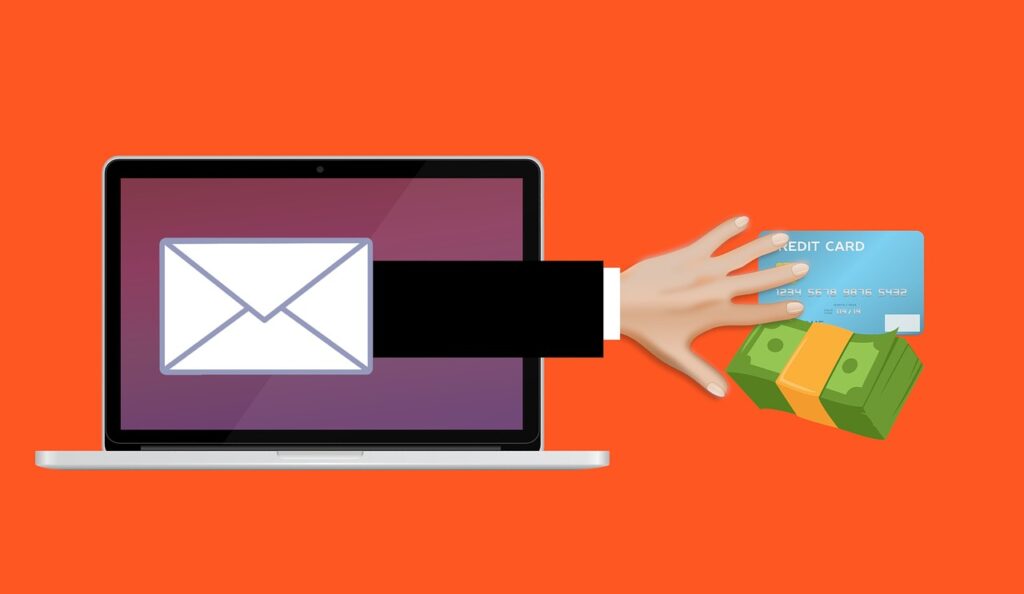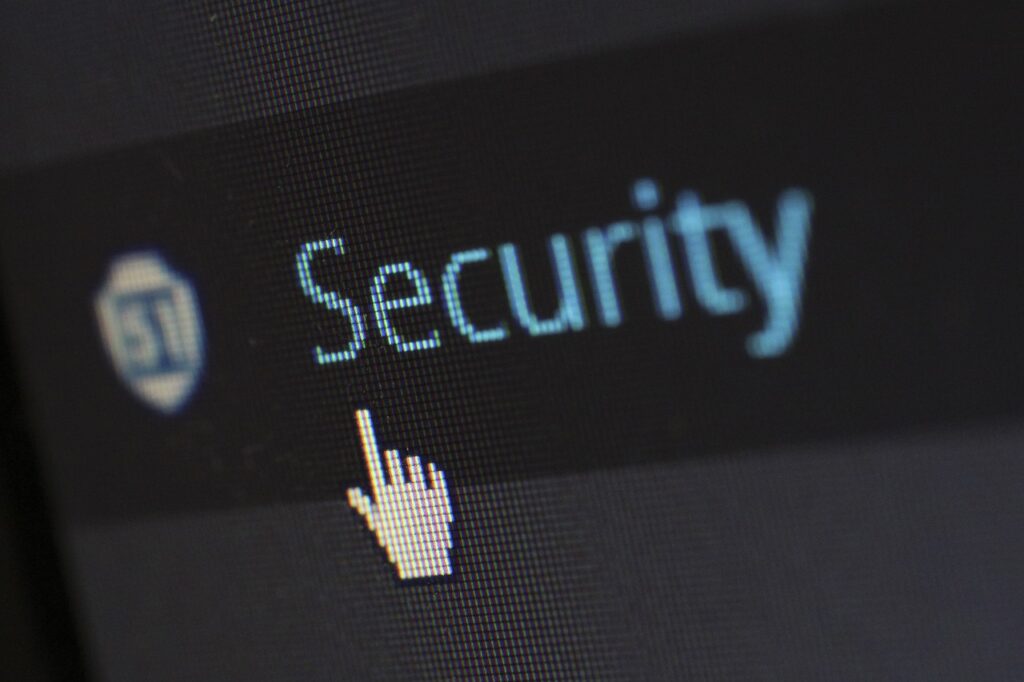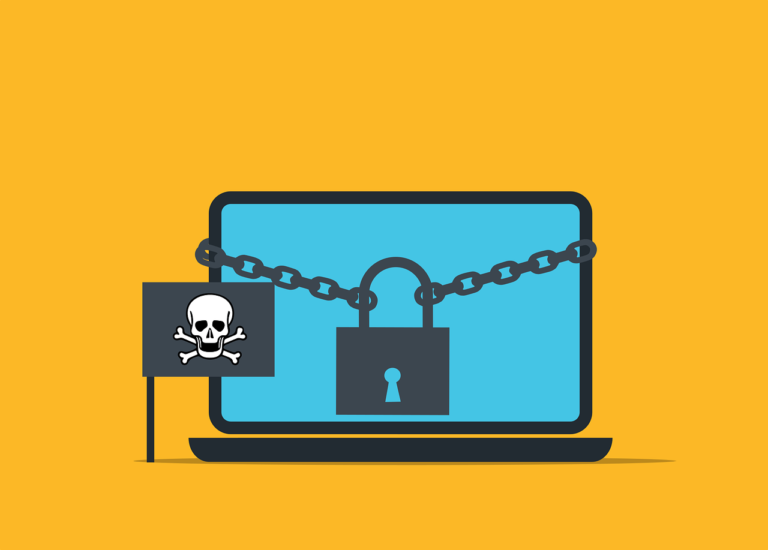WNE Security News
The most important cybersecurity news to stay up to date with
Common Types Of Hacks and How To Stay Safe From Hacks
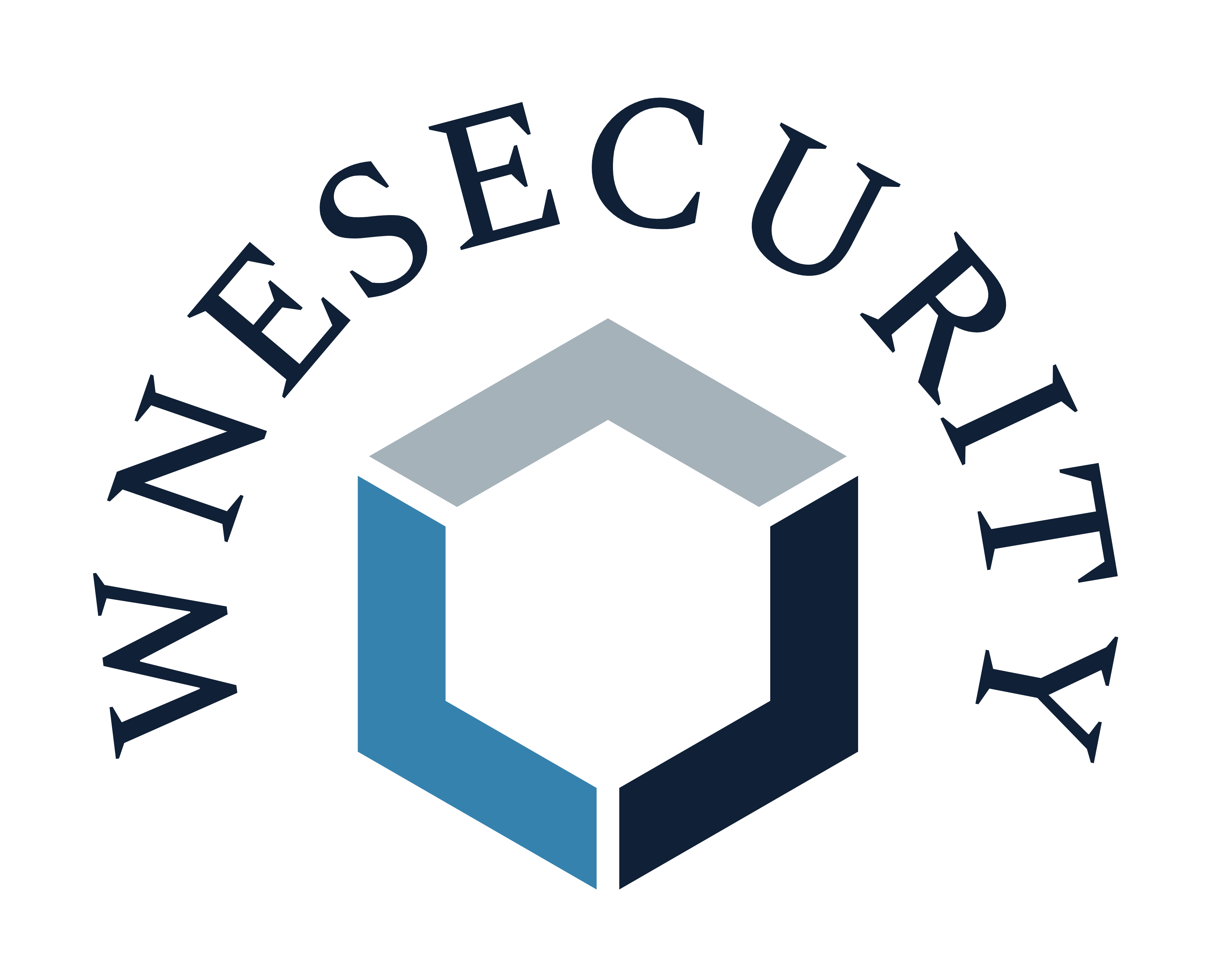
WNE Security Publisher
11/18/2024

Common Cybersecurity Attacks that Effect Everyday People
- Sim swap attack
- Phishing attack
- Third-party data breach
- Credential stuffing
- Cryptojacking
- Man-in-the-middle attack
How To stay Safe Online
There are many common types of hacks that affect the everyday person/organization on a daily bases. Sim Swap, phishing, third party breaches, crypto jacking, etc, are all common types of hacks. Cyberattacks are not only a threat to large organizations or governments, but also to everyday people who use the internet for various purposes. Hackers can use different techniques to steal personal information, money, or identities from unsuspecting users. Here are some common hacks that everyday people fall victim to, along with some examples of real incidents and how to prevent them.
Common Types Of Hacks that Effect Everyday People
Sim swap attack
A sim swap attack happens when cybercriminals trick a cellular service provider into switching a victim’s service to a SIM card that they control — essentially hijacking the victim’s phone number. The main aim of sim swapping is usually to exploit two-factor authentication to gain fraudulent access to bank accounts, social media accounts, and more. For example, in 2021, a hacker used sim swapping to steal over $100 million worth of cryptocurrency from celebrities, influencers, and executives1. To prevent sim swapping, you should avoid sharing your personal information with unknown callers or messages, use strong passwords and PINs for your accounts and devices, and enable additional security features such as biometric authentication or app-based verification23.
Phishing attack
A phishing attack is a category of cyberattack in which malicious actors send messages pretending to be a trusted person or entity. Phishing messages manipulate users, causing them to perform actions like installing malicious files, clicking harmful links, or divulging sensitive information such as account credentials. For example, in 2021, a phishing campaign targeted Netflix users with fake emails claiming that their subscription was about to expire and asking them to update their payment details on a spoofed website4. To avoid phishing attacks, you should always check the sender’s address, the content of the message, and the URL of the link before responding or clicking on anything. You should also use a secure browser and browser settings, install browser security add-ons, and use a virtual private network (VPN) when browsing on public Wi-Fi networks56.
Third-party data breach
A third-party data breach occurs when confidential data is stolen from a vendor, partner, or subsidiary, or when their systems are exploited to access and steal sensitive information stored on your systems. These attacks are often successful because third parties may have weaker security controls than the organizations they provide services to. For example, in 2021, T-Mobile suffered a massive data breach that exposed the personal information of over 50 million customers after hackers gained access through a third-party vendor7. To protect yourself from third-party data breaches, you should monitor your accounts for any suspicious activity or transactions, change your passwords regularly and use different passwords for different accounts, and freeze your credit reports if you suspect identity theft89.
Credential stuffing
Credential stuffing is a type of cyberattack in which hackers use stolen usernames and passwords from one website to access other websites or services. This is possible because many people reuse the same passwords across multiple accounts. For example, in 2021, hackers used credential stuffing to breach more than 100 million accounts of the video game company Zynga1. To avoid credential stuffing, you should use unique and strong passwords for every account and use a password manager to store and generate them. You should also change your passwords regularly and enable multi-factor authentication for your accounts23.
Cryptojacking
Cryptojacking is a type of cyberattack in which hackers use the computing power of unsuspecting devices to mine cryptocurrency without the owners’ consent or knowledge. This can slow down the devices, increase the electricity bills, and damage the hardware. For example, in 2021, hackers used cryptojacking malware to infect more than 800 servers of the Jenkins project, an open-source software development platform4. To prevent cryptojacking, you should use a secure browser and browser settings, install browser security add-ons, and use antivirus software to scan and remove any malicious programs from your devices56.
Learn more about WNE Security products and services that can help keep you cyber safe.
Learn more about WNE Security SOC solution and learn how it can help keep you cyber safe.
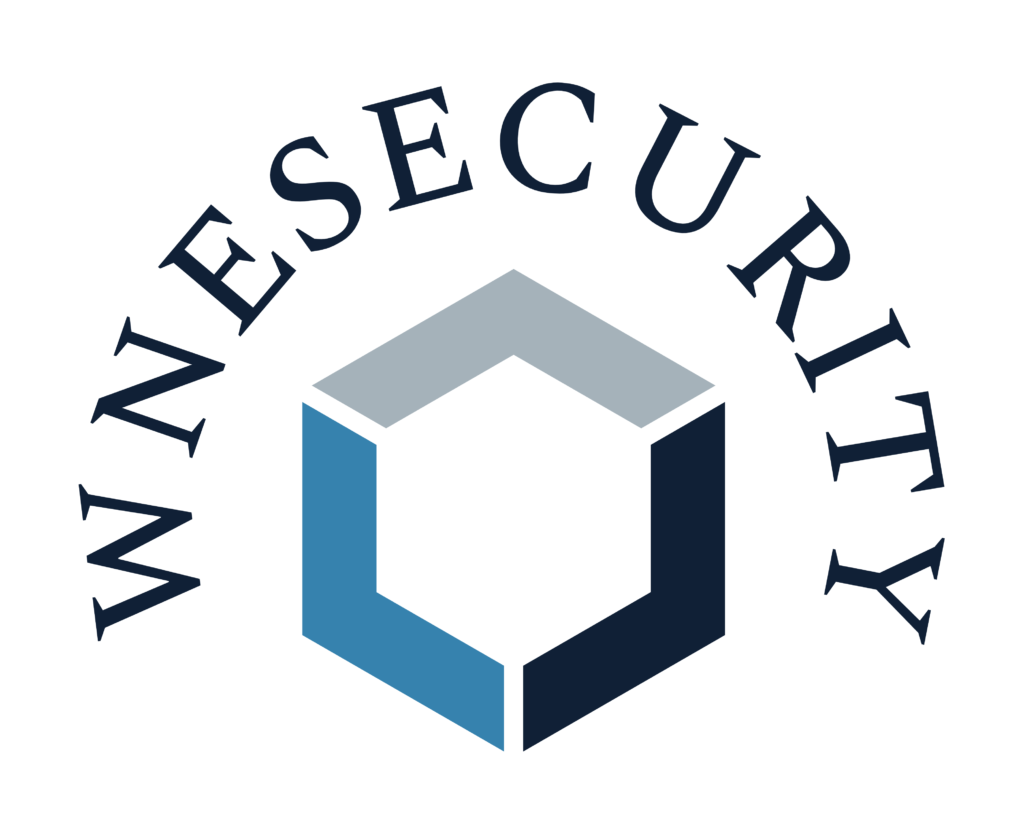
Man-in-the-middle attack
A man-in-the-middle attack is a type of cyberattack in which hackers intercept and alter the communication between two parties without their knowledge. This can allow hackers to steal sensitive information, such as login credentials, bank details, or personal data. For example, in 2021, hackers used a man-in-the-middle attack to steal more than $2 million from the Wisconsin Republican Party by posing as vendors and requesting payments. To protect yourself from man-in-the-middle attacks, you should use a virtual private network (VPN) when browsing on public Wi-Fi networks, use encryption for your online transactions, and verify the identity and authenticity of the parties you communicate with.
While it’s important to understand different ways hackers can try and hack you, it’s equally important to understand how to protect yourself from them. Here are some key tips on how to stay while using the following devices and tools.
How To stay Safe From These Common Types of Hacks
Email is one of the most common and convenient ways of communicating online, but it is also one of the most vulnerable to cyberattacks. Hackers can use email to send you malicious attachments, links, or messages that can compromise your device, data, or identity. To protect yourself from email threats, you should follow these tips:
- Use a reputable email service provider. Some email service providers offer better security features than others, such as encryption, spam filtering, virus scanning, etc. You should choose a provider that has a good reputation and offers these features1.
- Don’t open or click on suspicious emails. Some emails may look like they come from legitimate sources, such as your bank, your employer, or your friends, but they are actually phishing emails that try to trick you into revealing your personal or financial information or clicking on malicious links or attachments. You should always check the sender’s address, the content of the email, and the URL of the link before opening or clicking on anything23.
- Use a strong password and enable two-factor authentication for your email account. Your email account is the gateway to many other online accounts and services, so you should make sure it is secure with a strong password that is unique and hard to guess. You should also enable two-factor authentication (2FA) for your email account, which is a security feature that requires you to provide an additional piece of information or verification after entering your password, such as a code sent to your phone or email12.
Phone
Your phone is more than just a device for making calls and sending texts. It is also a mini-computer that stores your personal data, photos, contacts, apps, etc. It can also access the internet and connect to other devices via Bluetooth or Wi-Fi. Therefore, it is important to keep your phone secure from cyberattacks that can damage your device, steal your data, or spy on your activities. To protect your phone from cyber threats, you should follow these tips:
- Lock your phone with a PIN, pattern, fingerprint, or face recognition. This will prevent unauthorized access to your phone if it is lost or stolen. You should also set up a feature that allows you to remotely wipe your phone’s data in case of theft12.
- Update your phone’s operating system and apps regularly. Updates often contain security patches that fix bugs or vulnerabilities that hackers can exploit to access or attack your phone. You should check for updates from the official sources and install them as soon as they are available12.
- Be careful of what you download and install on your phone. Some apps or files may contain malware that can harm your phone or access your data without your permission. You should only download and install apps or files from trusted sources, such as the official app stores or websites. You should also check the permissions and reviews of the apps before installing them123.
Online Accounts
Online accounts are the digital identities that you use to access various websites, apps, or services on the internet. They usually require a username and a password to log in. However, passwords alone are not enough to protect your accounts from hackers who can use various techniques to crack or steal them. To enhance your online account security, you should follow these tips:
- Use unique passwords for every login. This will prevent hackers from accessing multiple accounts with the same password if one of them is compromised. You can also use a password manager to store and generate strong passwords for you.
- Enable multi-factor authentication (MFA) whenever possible. MFA is a security feature that requires you to provide an additional piece of information or verification after entering your password, such as a code sent to your phone or email, a fingerprint scan, or a facial recognition. This will make it harder for hackers to access your accounts even if they have your password .
- Be careful of phishing emails or messages that try to trick you into revealing your personal or financial information or clicking on malicious links or attachments. They may look like they come from legitimate sources, such as your bank, your employer, or your friends, but they are actually designed to steal your data or infect your device with malware. Always check the sender’s address, the content of the message, and the URL of the link before responding or clicking .
Surfing the Web
Surfing the web is one of the most popular online activities, but it can also expose you to various cyber risks, such as malicious websites, pop-ups, ads, cookies, trackers, etc. These can infect your device with malware, collect your browsing data, or redirect you to phishing or scam sites. To surf the web safely and securely, you should follow these tips:
- Use a secure browser and browser settings. Some browsers offer better security features than others, such as encryption, privacy mode, pop-up blocker, etc. You should choose a browser that has a good reputation and offers these features12. You should also adjust your browser settings to enhance your security and privacy, such as clearing your browsing history and cache regularly, disabling third-party cookies and trackers, etc3.
- Use a virtual private network (VPN) when browsing on public Wi-Fi networks. Public Wi-Fi networks are often unsecured and can expose your online traffic to hackers who can intercept or modify it. A VPN is a service that encrypts and routes your online traffic through a secure server in another location, making it harder for hackers to access or tamper with it123.
- Use browser security add-ons. These are applications that provide additional security features for your browser, such as safety ratings for websites and search engine results, ad blockers, anti-malware scanners, etc. You should install some of these add-ons to protect yourself from malicious websites and content while surfing the web
IoT Devices
IoT devices are smart devices that can connect to the internet and communicate with other devices or systems. They include things like smart TVs, security cameras, thermostats, speakers, lights, etc. They can offer convenience and functionality to your daily life, but they can also pose security risks if they are not properly configured or protected. Hackers can exploit the vulnerabilities of IoT devices to access your network, spy on your activities, control your devices, or launch attacks on other targets. To secure your IoT devices, you should follow these tips:
- Change the default username and password of your IoT devices. Many IoT devices come with factory-set credentials that are easy to guess or find online. You should change them to something unique and hard to guess as soon as you set up your devices .
- Turn off any unnecessary features or services on your IoT devices. Some IoT devices may have features or services that you don’t use or need, such as remote access, voice control, cloud storage, etc. These features or services may expose your devices to potential attacks or leaks. You should disable them if you don’t use them .
- Use a separate network or guest mode for your IoT devices. Some routers allow you to create a separate network or guest mode for your IoT devices that is isolated from your main network. This will prevent your IoT devices from seeing your other devices on the network and vice versa. This will also limit the damage if one of your IoT devices is compromised by hackers .
Home Routers
Home routers are the devices that connect your home network to the internet and allow you to share the internet connection among multiple devices. They are also the gateway between your network and the outside world. Therefore, they play a crucial role in securing your network and data from cyber threats. To protect your home routers, you should follow these tips:
- Update the firmware of your routers regularly. Firmware is the software that runs on your routers and controls their functions and settings. It may contain bugs or vulnerabilities that hackers can exploit to access or attack your network. You should check for firmware updates from the manufacturer’s website or app and install them as soon as they are available .
- Use WPA2 encryption for your Wi-Fi network. Encryption is a process that scrambles the data that is transmitted over your Wi-Fi network so that only authorized devices can read it. WPA2 is the most secure encryption standard available for Wi-Fi networks. You should avoid using older encryption standards such as WEP or WPA that are easy to crack by hackers .
- Change the network name (SSID) and password of your Wi-Fi network. The network name (SSID) is the name that identifies your Wi-Fi network to other devices. The password is the key that allows devices to join your Wi-Fi network. You should change them from the default ones that come with your router to something unique and hard to guess. You should also avoid using personal or identifiable information in your network name or password, such as your name, address, phone number, etc .
- Disable any features that you don’t use on your router. Some routers may have features that you don’t use or need, such as UPnP, WPS, or remote administration. These features may create security holes or backdoors that hackers can use to access or attack your network. You should disable them if you don’t use them .
While these tips aren’t guaranteed to keep you safe, they are a massive step forward in protecting yourself from online attacks. To learn more about how to stay safe contact a WNE Security Expert today and receive all the help you need.
Stay updated with WNEsecurity’s news section for the latest in cybersecurity trends, threats, and protection measures.

